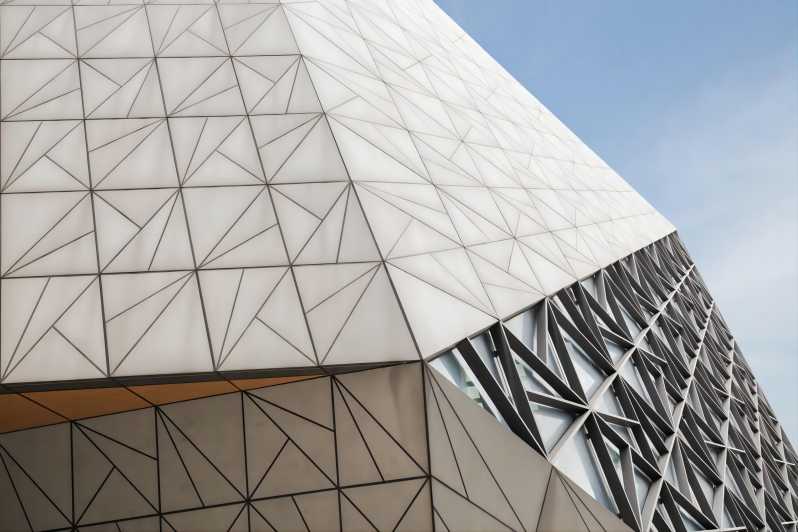ALUMINUM IN MODERN ARCHITECTURE: A PERFECT BALANCE OF BEAUTY AND SUSTAINABILITY
In the 20th and 21st centuries, aluminum has become one of the most influential materials shaping modern architecture. Its lightweight nature, durability, and unique ability to merge both functionality and aesthetics have made it a preferred choice for architects worldwide. More importantly, aluminum also aligns with the global movement toward green buildings and sustainable development.
1. A Material of Design Freedom
Aluminum empowers architects to explore bold and innovative designs:
-
Facades & curtain walls: sleek and modern exteriors that combine transparency with strength.
-
Lightweight structures: reducing building load while optimizing construction costs.
-
Versatility: adaptable across styles, from minimalist modernism to luxurious architectural statements.
2. Aluminum and Sustainability
As the world faces climate challenges, aluminum demonstrates its value in building responsibly:
-
100% recyclability: it can be reused indefinitely without loss of quality.
-
Energy efficiency: aluminum framing systems support insulation and soundproofing, lowering energy use.
-
Green building certifications: widely applied in projects seeking LEED, EDGE, or other eco-friendly certifications.
3. Iconic Projects Using Aluminum
Some of the world’s most recognizable landmarks feature aluminum at their core:
-
Empire State Building (USA): aluminum in its internal framework.
-
Tokyo Skytree (Japan): the tallest tower at the time of completion, using aluminum alloys to reduce weight.
-
Sydney Opera House (Australia): aluminum plays a key role in its iconic roof structure.
4. Expanding Applications in Everyday Architecture
Aluminum’s role extends beyond skyscrapers and landmarks:
-
Residential housing: smart homes with aluminum windows, doors, and partitions.
-
Commercial spaces: shopping malls, office buildings, and showrooms.
-
Public infrastructure: airports, stadiums, museums, and transport hubs.

Conclusion
Aluminum has secured its position as the “material of the future” in architecture. Its ability to blend aesthetics, durability, and sustainability makes it a cornerstone of construction for a world seeking innovation, environmental responsibility, and long-term value.
 Email: info@ckda.vn
Email: info@ckda.vn 1900 988 932
1900 988 932













